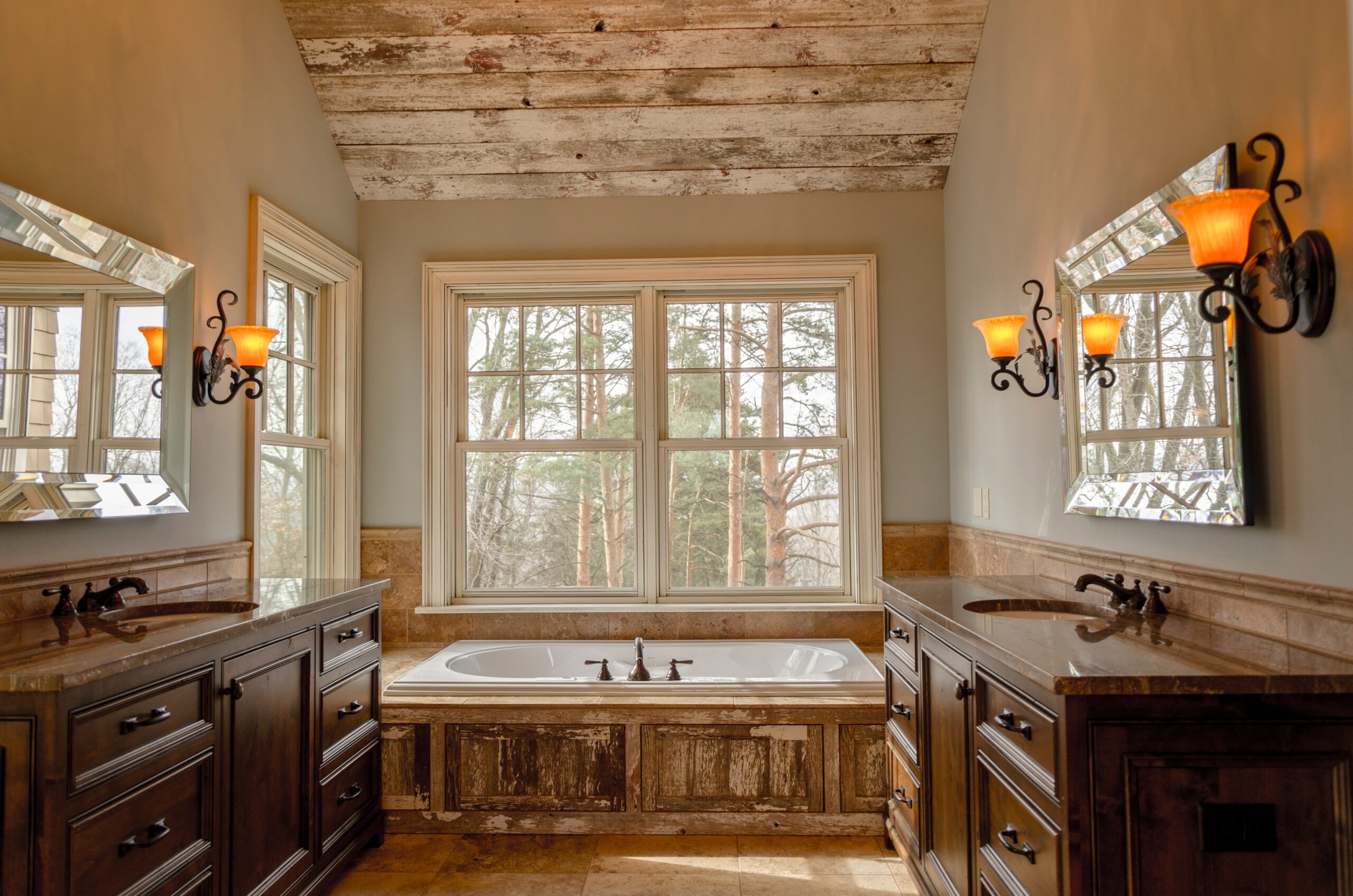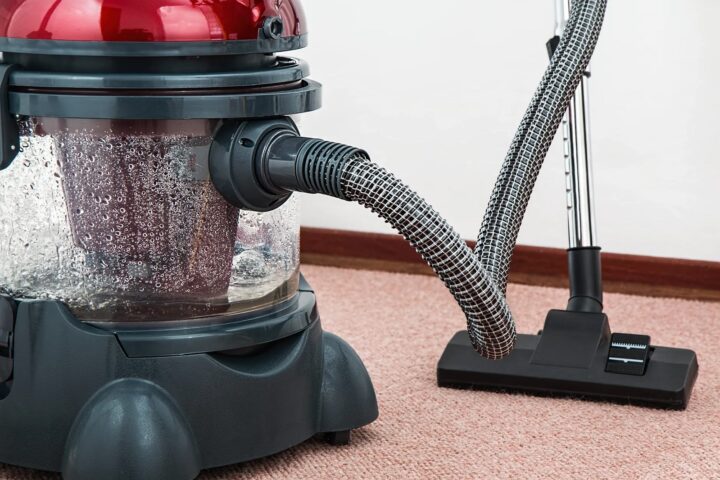Designing and building a bathroom really is a tremendous endeavour when you’re starting from scratch. But, as with all other projects, if it’s planned carefully and managed properly, all the tasks come together neatly. It doesn’t have to be a stressful process at all, believe it or not, although it might sound overwhelming to somebody who hasn’t taken part in such a project before. The most important thing is to know exactly which tasks make up the process and what exactly you want. That way, you’ll always have control over the project and a lot of despair will be avoided. Here’s a simple guide to make things easier for the absolute beginner.
Decide on a budget
You might have a vague idea of how much money you’re willing to spend, but take some time to put it all on paper. Setting a reasonable budget that you can stick to is very important, so expenses won’t spiral out of control further down the line as the project advances. You don’t have to make a detailed list of all the things you’ll be paying for, but it’s important to identify the main points of the project, meaning you’ll need to know exactly what kind of bathroom you want so you can take it from there. Next, it helps to get quotes from professionals (a lot of companies offer free quotes online) and look up prices so you have a better idea of the amount of money you need to set aside.
Plan a layout
Once you know what you want from your bathroom, it’s time to plan the basic layout. Start out with the primary fixtures (sink, toilet, shower/bathtub) and then you can try out variations with cabinets, shelves etc. Always remember: form follows function. The most important thing is that your space has a clear logic that makes it practical for use and answers appropriately to your needs. Your layout will be determined by factors such as: who uses it, will more than one person be using it at the same time, how much space you have, does it have different uses, etc.

Choose a style
There are so many options and examples out there that it’s no surprise if you feel stuck or confused with this part. Hiring a professional designer can be of huge help in this area. It costs more but there will be a lot less confusion and they will help you visualise everything before making a choice, so the process is really effective. If you’re not up for this, however, the key to success is to not get carried away when looking at bathroom styles and pick them apart, choosing the bits and pieces you like. Deciding on a style that way is likely to get very messy. Keep track of your chosen articles – a folder with materials and color swatches is a good idea to help you visualise.
Hire professional tradespeople
You will definitely need electricians, plumbers and builders but the way you envisioned your project might also require glaziers, cabinetmakers, tilers, etc. Choose carefully, preferably with recommendations, so you know you’re working with professionals whom you can trust. Speaking of professionalism, it’s not only important to get someone who is efficient and dependable, but also someone who respects work safety standards so you don’t have any unfortunate incidents on your watch. Make sure your employees wear appropriate work boots, first and foremost, as they are mandatory for any building project. Some tasks might require gloves, helmets or masks for working with chemicals, etc. It’s not uncommon for independent tradespeople to neglect this and it’s your responsibility as an employer to demand work safety standards are followed. Your safest bet for finding professional tradespeople is to look for bathroom specialists – they’re well acquainted with the process and potential setbacks/solutions, plus they normally work in teams, which speeds things up significantly.
Prepare for the work in progress
Be clear and upfront with the people you hire about your expectations regarding working time, budget and quality. It’s especially important to precisely plan how long it will take to finish everything, so that there’s no misunderstanding between you and the workers. If you don’t have a second bathroom, you’ll need to make alternative arrangements for the time it takes to finish the job, so obviously any prolonging will be very impractical for you. Make sure your workers know they should consult you if there’s any uncertainty, oversee the process, but don’t be too intrusive when people are working, unless something is really not right.

Be prepared for a lot of mess and a lot of waste to be thrown out. Once everything is finished, take some time to double-check every single detail of the finished product to make sure the work was done thoroughly. Don’t hesitate to tell your builder immediately and demand even the tiniest mistakes be fixed – speak up! You’ll be using this space every day, so don’t be timid about your expectations.



